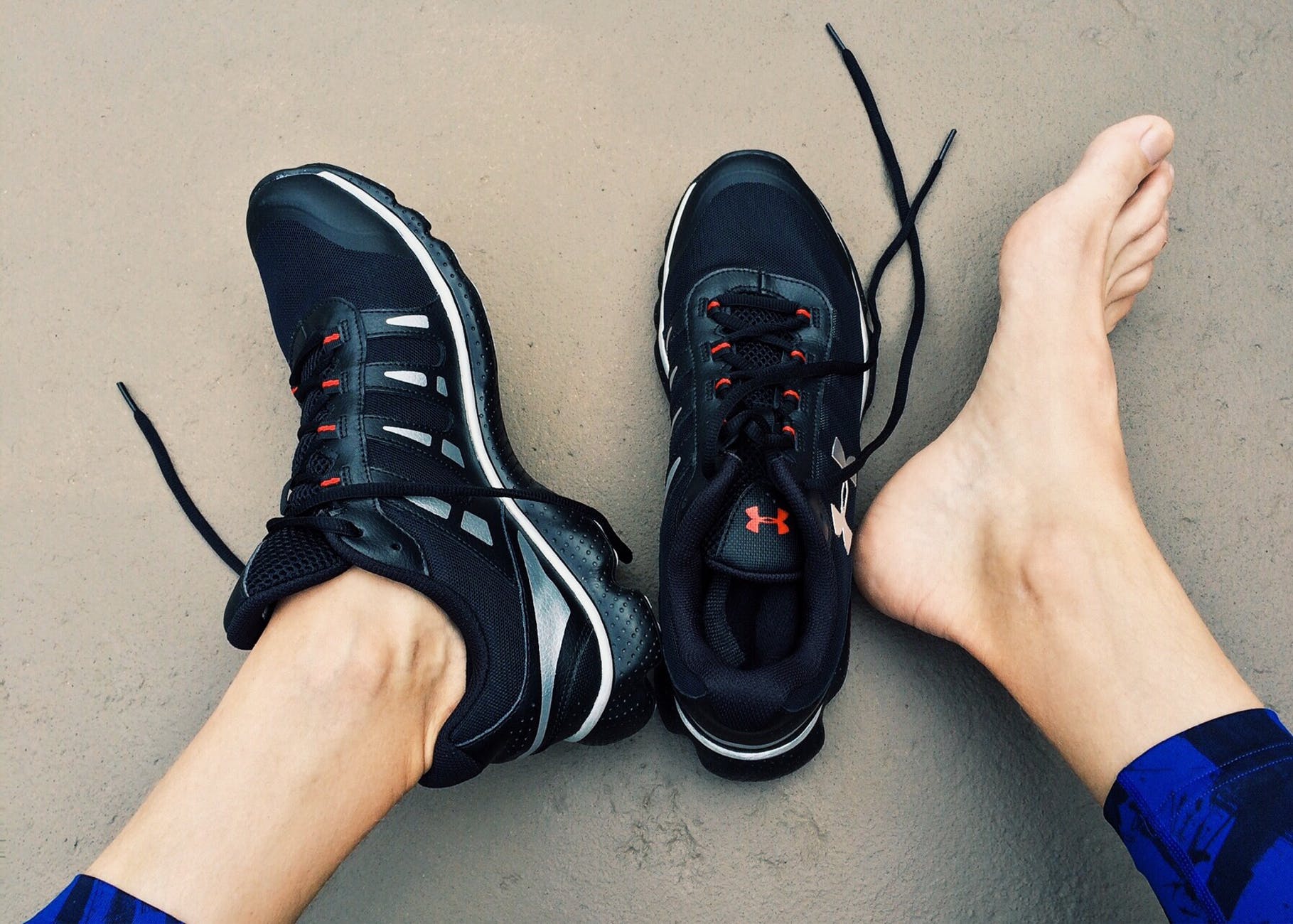Foot or ankle surgery can be a pain — literally. If you have already gotten surgery or you’re expecting to get foot or ankle surgery in the near future, you will need to know how to proceed. Unfortunately, foot or ankle surgery can be especially complicated, as it inhibits your ability to move around as you normally would. That said, there are a few tactics you can use to speed up the recovery process and keep yourself as comfortable as possible. So, let’s take a closer look at what to do after foot or ankle surgery!
Be Prepared to Stay Off Your Feet
Naturally, the duration of your recovery will largely depend on the type of surgery you undergo. For example, the experts at Northwest Surgery Center perform minimally invasive bunion surgery that allows patients to walk out of the operating room that same day. Alternatively, the recovery for a midfoot surgery on the bone or muscle could take as long as 6 months. Either way, you need to be prepared to stay off your feet for a while.
If you work, this means that you will need to inform your employer about your surgery and the potential recovery times. Even if you work at a desk job that doesn’t require much movement, foot or ankle surgery could make you far less productive for a significant period of time. Thus, you will need to ensure that your employers are aware of the situation. Additionally, you should try to make sure that there will be someone on call if and when you need help getting to the bathroom, getting out of bed, or handling similar daily activities.
Acquire the Right Equipment
In most cases, your doctor or surgeon will prescribe certain equipment to help with your recovery. This might include a surgical boot, crutches, a wheelchair, or even a motorized scooter. However, if you find that your equipment is not providing you with sufficient comfort or mobility, be sure to talk to your doctor. You may need to acquire additional equipment to recover with greater peace of mind.
Work On Pain Management
While it may be a tough pill to swallow, foot or ankle surgery can be painful. Even after the initial wounds heal, the bones and muscles can ache for weeks or even months afterward. You could end up exacerbating this pain if you try to put pressure on your foot (or feet) too early. Therefore, it’s vitally important to keep your foot elevated as often as possible. This will reduce blood flow to the area, thereby reducing pain. Additionally, you may need to take medication or undergo physical therapy to manage post-surgery pain.
Gradually Reintroduce Standing and Walking
It goes without saying that you won’t want to stay in “recovery mode” forever. If your body allows it, you will want to begin standing up and walking again. However, you should proceed with caution, as reintroducing force to the weakened foot (or feet) prematurely could cause permanent damage. So, always follow the advice of your doctor and reintroduce movement slowly and gradually.
Looking for even more health advice? Be sure to check out some of our health posts on Desoto Central Market today!



